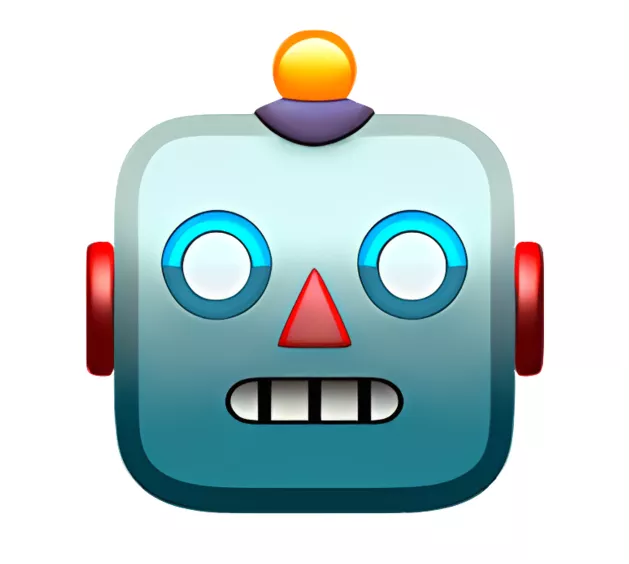Flipping Coins Problem
Gary has N coins placed in a straight line. Some coins have their head side up, and others have the tail side up.
Convention:
1 denotes the HEAD side is up.
0 denotes the TAIL side is up. Gary wants to achieve the maximum number of head-side up coins. He is allowed to perform at most one flip (possibly zero) in which he can flip the coins of a continuous segment (a continuous subarray).
Example:
In the given array (0-based indexing), { 1, 0, 0, 1, 0, 0, 1 }, the maximum number of head-side up coins can be achieved by flipping the coins in the range 1 to 5. The array will then become { 1, 1, 1, 0, 1, 1, 1 }.
Task:
Return the maximum number of heads side up Gary can obtain.
Input:
The first line contains an integer 'T' which denotes the number of test cases.
For each test case:
- The first line contains an integer 'N' denoting the number of coins.
- The second line contains 'N' space-separated integers (0 or 1) representing the orientation of the coins.Output:
For each test case, print the maximum number of head-side up coins obtainable in a single line.
Output for each test case is printed on a separate line.Constraints:
1 <= T <= 101 <= N <= 10^50 <= arr[i] <= 1

Find the maximum number of head-side up coins by flipping a continuous segment of coins.
Iterate through the array and calculate the maximum number of head-side up coins without flipping.
Iterate throug...read more


Top Software Developer Interview Questions Asked at Athenahealth Technology
Interview Questions Asked to Software Developer at Other Companies
Top Skill-Based Questions for Athenahealth Technology Software Developer


Reviews
Interviews
Salaries
Users














